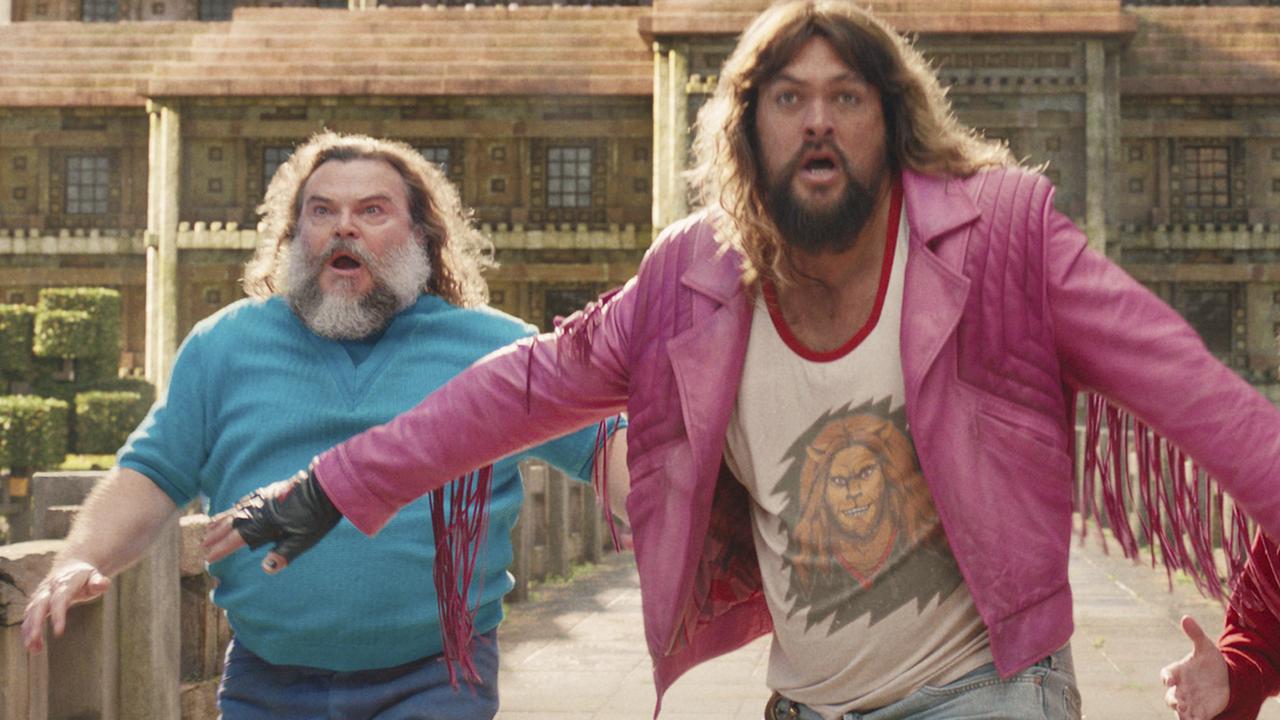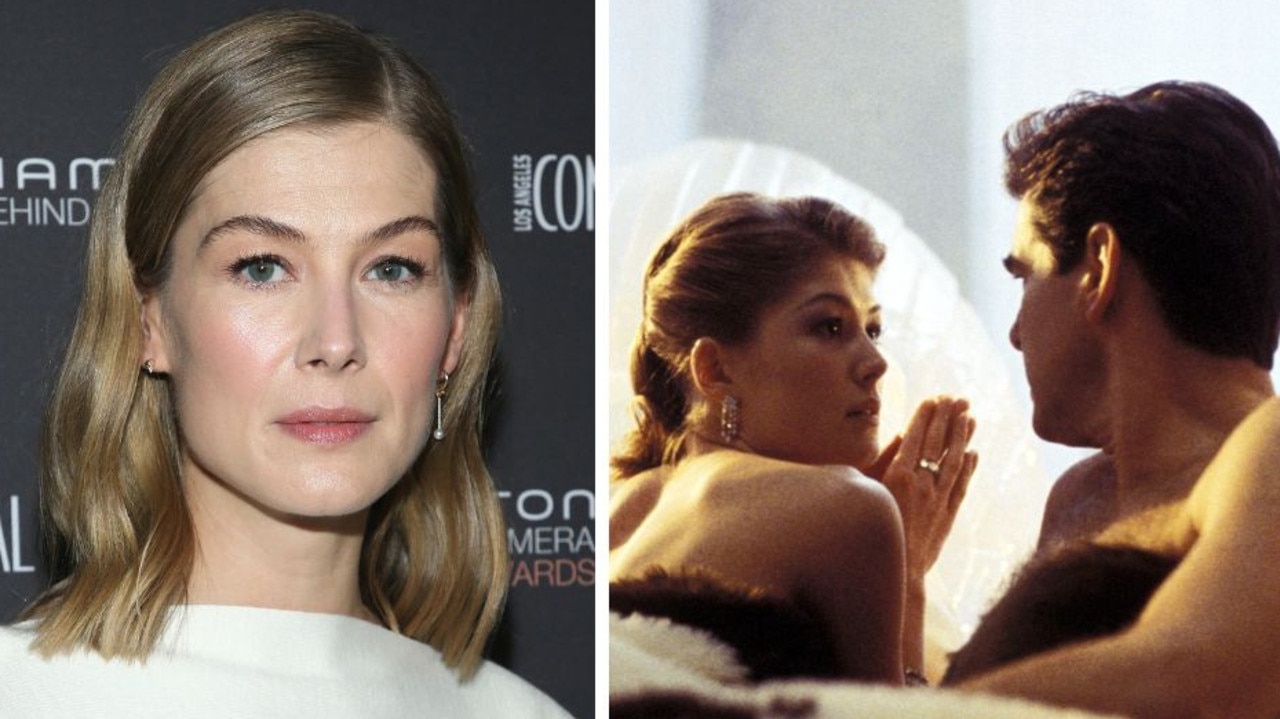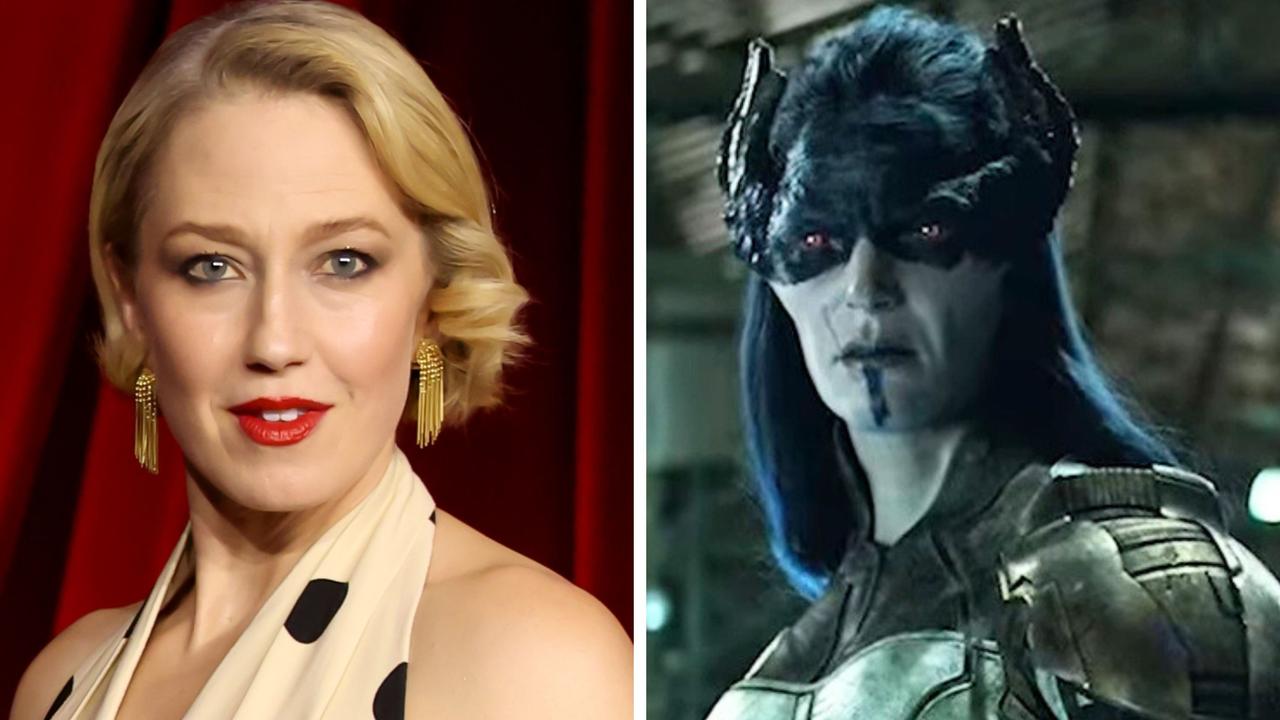Unearthed letter to Willy Wonka director reveals Gene Wilder’s true genius
A LETTER Gene Wilder wrote to the director of Willy Wonka went unpublished for more than 40 years — but shows an amazing insight into the late actor’s genius.
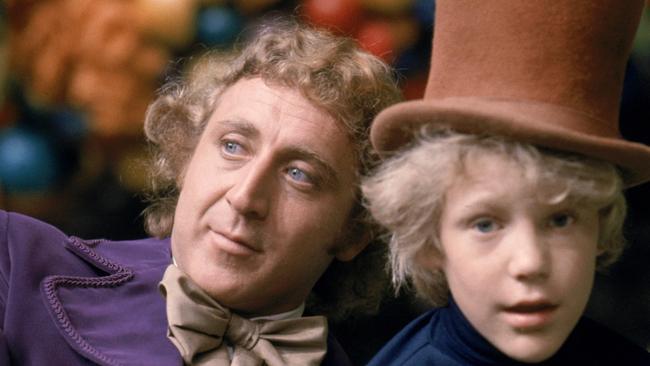
A LETTER sent from Gene Wilder to the director of perhaps his most iconic film, Willy Wonka and the Chocolate Factory, gives a remarkable insight into the late actor’s craft.
Wilder penned a handwritten note to Willy Wonka director Mel Stuart in 1970 ahead of filming on the classic Roald Dahl adaptation.
The letter remained unpublished until obtained by Letters of Note in 2012 — and has been shared thousands of times on social media since Wilder’s death this week at the age of 83.
The note, discussing wardrobe choices for the character of Wonka, shows Wilder’s remarkable attention to detail when it came to bringing the eccentric chocolate factory owner to life.
“I’ve just received the costume sketches. I’ll tell you everything I think, without censoring, and you take from my opinion what you like,” Wilder writes to Stuart.
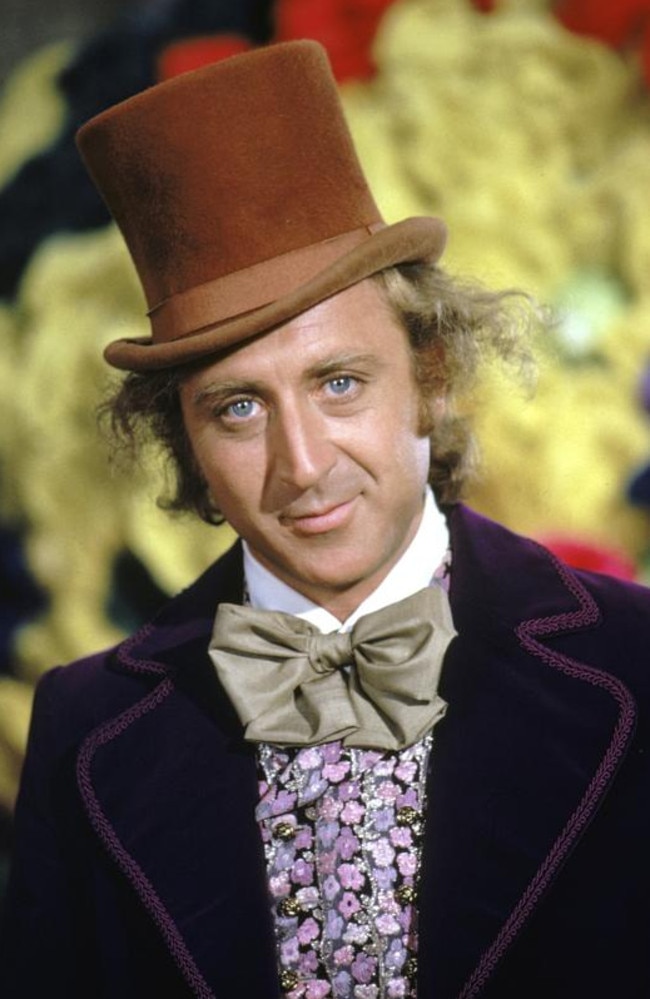
He’s careful to write diplomatically: “I think, for a character in general, they’re lovely sketches” — but it’s immediately clear that Wilder has his own strong opinions about what would best serve the character.
“I don’t think of Willy as an eccentric who holds on to his 1912 Dandy’s Sunday suit and wears it in 1970, but rather as just an eccentric — where there’s no telling what he’ll do or where he ever found his get-up — except that it strangely fits him: Part of this world, part of another. A vain man who knows colours that suit him, yet, with all the oddity, has strangely good taste. Something mysterious, yet undefined.
“I’m not a ballet master who skips along with little mincy steps. So, as you see, I’ve suggested ditching the Robert Helpmann trousers. Jodhpurs to me belong more to the dancing master. But once elegant now almost baggy trousers — baggy through preoccupation with more important things — is character.
“Slime green trousers are icky. But sand coloured trousers are just as unobtrusive for your camera, but tasteful.”
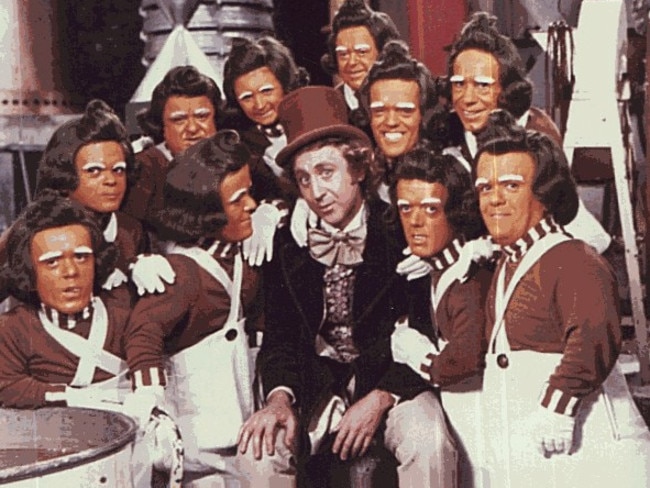
Wilder displays remarkable attention to detail, instructing his director on the finest points of Wonka’s costuming. Wonka’s top hat was “terrific,” but “making it two inches shorter would make it more special.”
“Also a light blue felt hatband to match with the same light blue fluffy bow tie shows a man who knows how to compliment his blue eyes,” he wrote.
“To match the shoes with the jacket is fey. To match the shoes with the hat is taste.”
Wilder signs off his note with a simple “Hope all is well. All the best.”
Of course, Wilder’s input into Wonka’s character didn’t end with costuming ideas — he also came up with the memorable scene in which we first meet Wonka, a limping, battered figure outside his factory. He outlined his idea for the scene in another letter to Stuart:
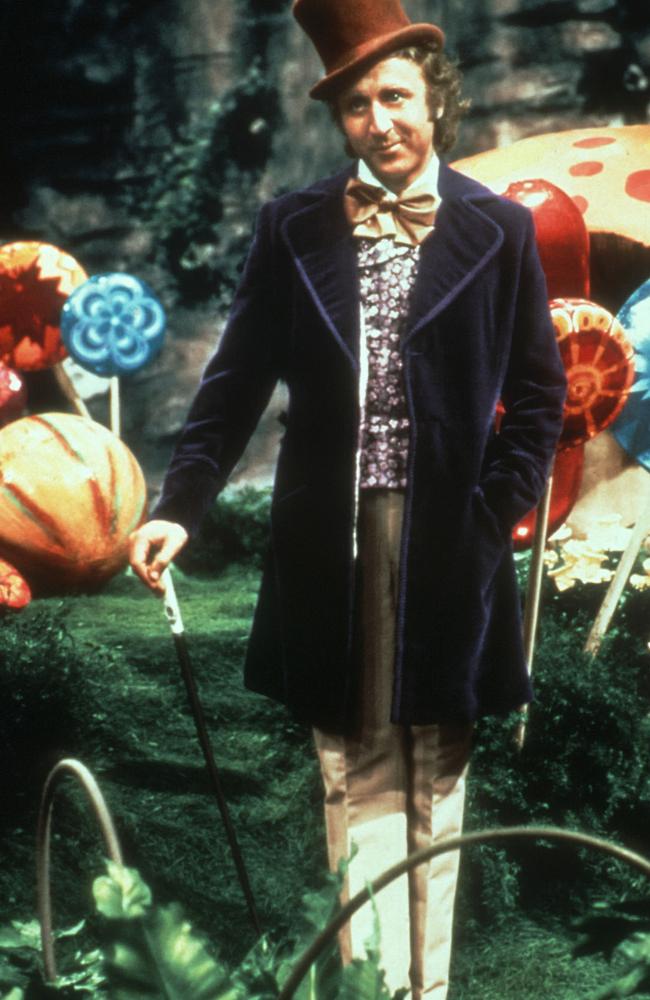
“After the crowd sees Willy Wonka is a cripple, they all whisper to themselves and then become deathly quiet. As I walk toward them, my cane sinks into one of the cobblestones I’m walking on and stands straight up, by itself; but I keep on walking, until I realise that I no longer have my cane. I start to fall forward, and just before I hit the ground, I do a beautiful forward somersault and bounce back up, to great applause.”
When asked why he was so adamant about this scene, Wilder replied, “From that time on, no one will know if I’m lying or telling the truth”.

